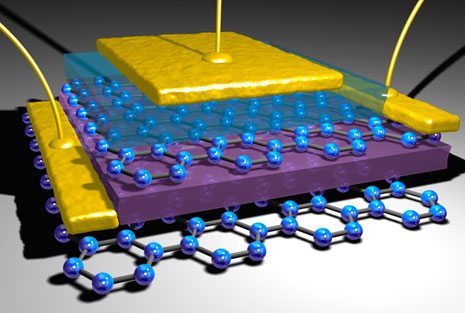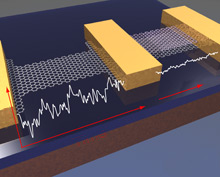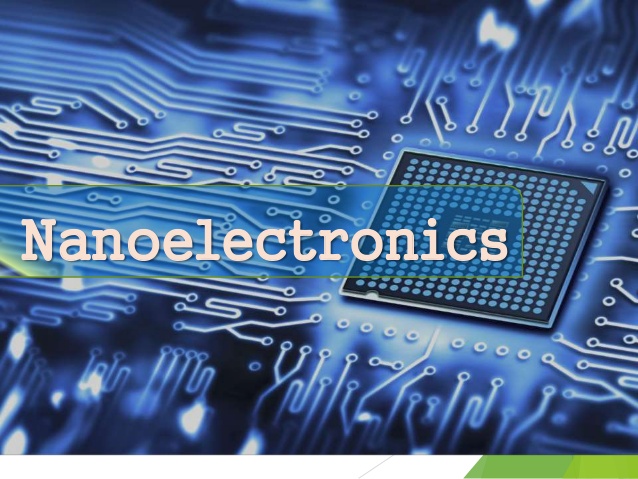Nano Gold Layer Electrical Transistors and Nano Gold Layers (PhD in Nano _ Microelectronics)
Researcher and author: Dr. ( Afshin Rashid)
Note: The interaction of gold nanoparticles with light is strongly determined by their environment, size and physical dimensions. The oscillating electric fields of a light beam emitted in the vicinity of a nanocolloid particle interfere with the free electrons, causing the electron charge to fluctuate harmoniously, which corresponds to the frequency of the visible light. These resonant oscillations are known as surface plasmons. For small monoparticle gold nanoparticles (30 nm), the surface plasmon resonance phenomenon absorbs light in the blue part of the spectrum (~450 nm) while red light (700 ~ nm) is reflected.
Nano-Microelectronics is developing new methods for making nanotransistors on a small scale, measuring several tens of nanometers, which is derived from a science called nanotechnology. Unlike today's nanotransistors, which behave based on the mass motion of electrons in matter, new devices follow the phenomena of nanoscale quantum mechanics in which the discrete nature of the electron can no longer be ignored. By shrinking all the horizontal and vertical dimensions of the transistor, the electric charge density in the various regions of the nanotransistor increases, or in other words, the number of electrical charges per unit area of the nanotransistor increases. This has two negative consequences : first, by increasing the electric charge density, the possibility of discharging electrical charge from the insulated areas of the transistor increases. This causes damage to the transistor and its failure. This is similar to the discharge of additional electrical charge between the cloud and the ground in the phenomenon of lightning, which ionizes air molecules into negative and positive ions. Second , as the density of the electric charge increases, the electrons may move out of the radius of an atom and into the radius of the adjacent atom under the influence of the momentum or abduction forces that have now increased. In quantum physics, this is called tunneling. Electron tunneling from one atom to an adjacent atom is a phenomenon that occurs on a small scale between electrons. This phenomenon is the basis of some electronic components and some nanoscopes. But in nanotransistors this is not a useful phenomenon, because tunneling electrons from one atom to an adjacent atom is possible. Is to continue and cause an electric current. Although this electric current may be very small, because it is unintended and unpredictable, it acts as a leakage path for the electric current and changes the electrical behavior of the nanotransistor.
Gold is a soft, malleable, bright yellow metal that does not rust or darken in the presence of air and water. Crystallized and alluvial precipitated. The chemical symbol for this element, Au, is derived from the Latin name aurum, meaning "dawn glow." Scratching and corrosion is a distinct color, an impermeability to other elements, properties that are rarely seen in other metals. One gram of this element can be hammered until it spreads to the size of a sheet of one square meter.
Conclusion :
The interaction of gold nanoparticles with light is strongly determined by their environment, size and physical dimensions. The oscillating electric fields of a light beam emitted in the vicinity of a nanocolloid particle interfere with the free electrons, causing the electron charge to fluctuate harmoniously, which corresponds to the frequency of the visible light.
Researcher and author: Dr. ( Afshin Rashid)
PhD in Nano-Microelectronics





